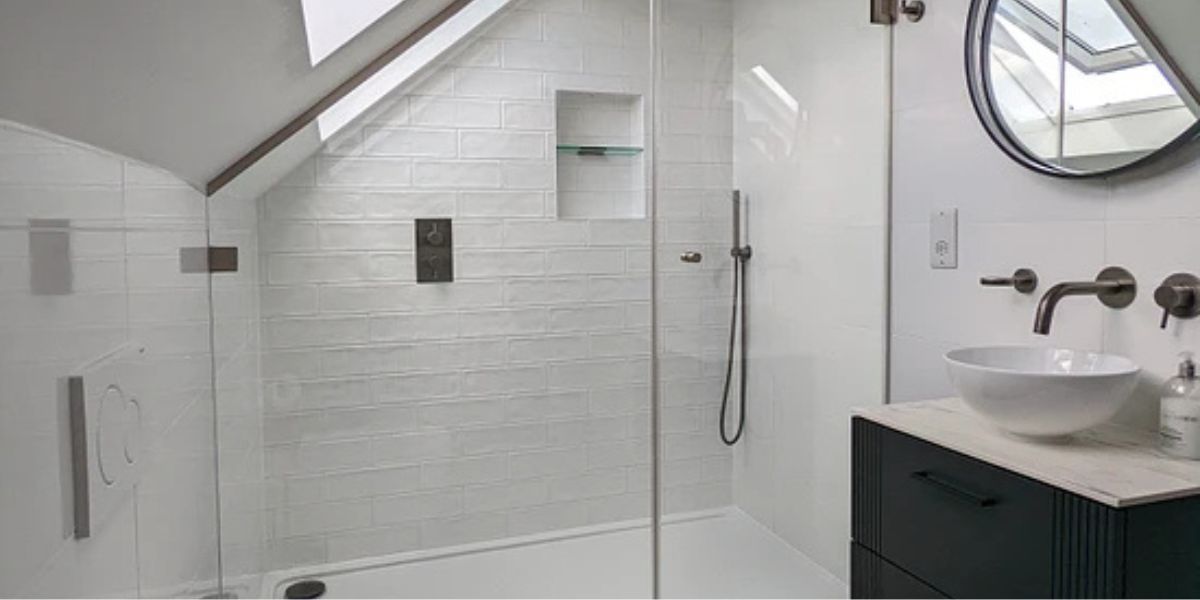
Toilet water usage reduction hacks: Essential tips and strategies
Share
In today's world, where sustainability and resource conservation are at the forefront of societal concerns, toilet water usage reduction hacks have become a hot topic, especially among tech-savvy professionals and enthusiasts. As more homes and offices aim to reduce their environmental footprint, understanding and implementing water-saving techniques in the bathroom is crucial. This article will delve into various methods and technologies that can help achieve significant reductions in toilet water usage, ensuring that you stay ahead in the green revolution.
With water scarcity becoming an increasingly pressing issue, the bathroom, particularly the toilet, represents a significant opportunity for conservation. By employing innovative solutions, such as smart plumbing and advanced flushing mechanisms, you can drastically cut down on water waste. Let's explore these toilet water usage reduction hacks in detail.

Understanding the Importance of Water Conservation
Before diving into specific strategies, it's essential to grasp why water conservation matters. With the global population continuing to rise, the demand for fresh water is outpacing supply. This imbalance poses a threat not only to the environment but also to our daily lives. For tech professionals, engaging in water-saving practices can demonstrate corporate social responsibility and inspire others to follow suit.
Implementing water-saving techniques in the toilet is one of the easiest and most effective ways to contribute to water conservation. The average toilet uses about 1.6 gallons of water per flush, and older models can use up to 7 gallons. By reducing this amount, we can significantly impact our overall water consumption.
Innovative Toilet Technologies for Water Reduction
Smart Flush Systems
One of the most effective toilet water usage reduction hacks is integrating smart flush systems. These systems are designed to optimize water usage by adjusting the amount of water used per flush based on necessity. For instance, dual-flush toilets offer two flushing options: a low-volume flush for liquid waste and a higher-volume flush for solid waste. This simple yet effective technology can save thousands of gallons of water annually.
For those interested in more advanced solutions, smart toilets equipped with sensors can automatically adjust the water volume based on the user's needs. These toilets can even send data to your smartphone, allowing you to monitor and optimize your water usage patterns. For more insights into smart plumbing solutions, check out this dual-flush toilet guide.
Low-Flow Toilets
Low-flow toilets are specifically designed to use significantly less water per flush compared to traditional models. These toilets use advanced flushing mechanisms that create a powerful flush with minimal water. This technology not only conserves water but also reduces utility bills, making it a cost-effective choice for both residential and commercial spaces.
Installing a low-flow toilet is a straightforward process, and many modern designs offer sleek aesthetics that fit seamlessly into any bathroom decor. For detailed instructions on installation, explore this installation guide.
Simple Hacks to Reduce Toilet Water Usage
Adjusting the Toilet Tank Float
One of the easiest toilet water usage reduction hacks is adjusting the float in your toilet tank. By lowering the float, you can reduce the amount of water used per flush. This simple adjustment can lead to significant water savings over time.
To adjust the float, locate the float arm inside the tank and adjust the screw or clip that holds it in place. Lowering the float will decrease the water level, thus reducing the water used during each flush.
Installing a Fill Cycle Diverter
A fill cycle diverter is a small device that redirects the water used during the refill cycle back into the toilet tank, rather than down the overflow tube. This ensures that the tank fills to the appropriate level without wasting water. Installing a fill cycle diverter is a cost-effective way to reduce water usage without compromising the toilet's performance.
The Role of Tech Professionals in Water Conservation
As tech professionals, you have a unique opportunity to lead the charge in adopting and promoting water-saving technologies. By incorporating these toilet water usage reduction hacks into your home and workplace, you can set an example for others to follow. Additionally, your expertise can help develop new technologies and solutions that further enhance water conservation efforts.
Engaging with communities and sharing your knowledge can inspire others to prioritize water conservation. Consider hosting workshops or webinars to discuss the latest advancements in water-saving technologies and their impact on the environment.
Conclusion
In conclusion, reducing toilet water usage is a vital step towards achieving sustainable water conservation. By implementing innovative technologies and simple hacks, tech professionals and enthusiasts can make a significant impact on their water consumption and promote eco-friendly practices. Embrace these toilet water usage reduction hacks and lead the way in the green revolution.
For more information on eco-friendly bathroom practices, explore this comprehensive guide.

FAQs
What are some simple ways to reduce toilet water usage?
Adjusting the toilet tank float, installing a fill cycle diverter, and using dual-flush systems are effective methods to reduce water usage.
How do smart toilets help in water conservation?
Smart toilets use sensors to optimize water usage by adjusting the flush volume based on necessity, significantly reducing water waste.
Why are low-flow toilets recommended for water conservation?
Low-flow toilets use advanced flushing mechanisms that provide a powerful flush with minimal water, making them an efficient choice for conserving water.
This article contains affiliate links. We may earn a commission at no extra cost to you.
